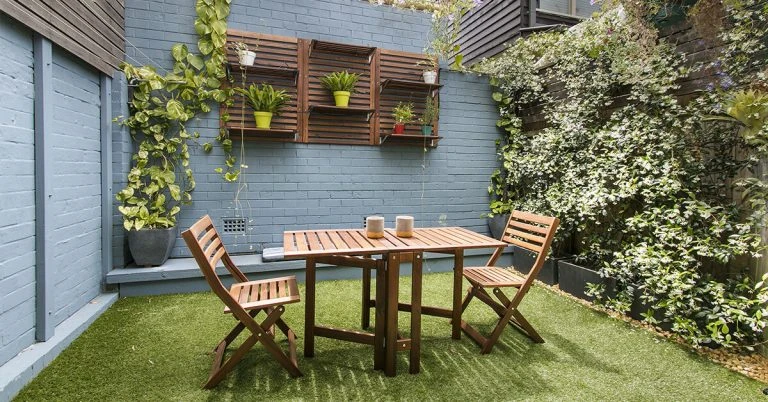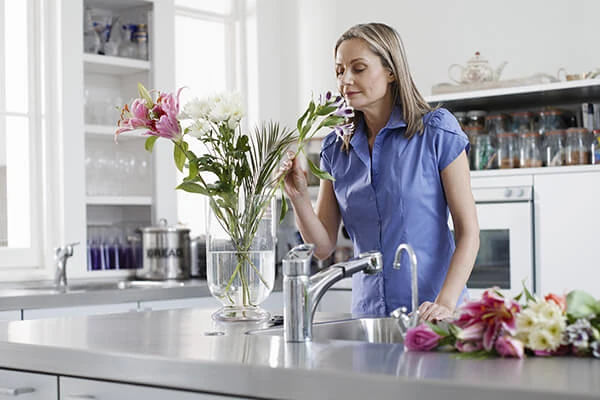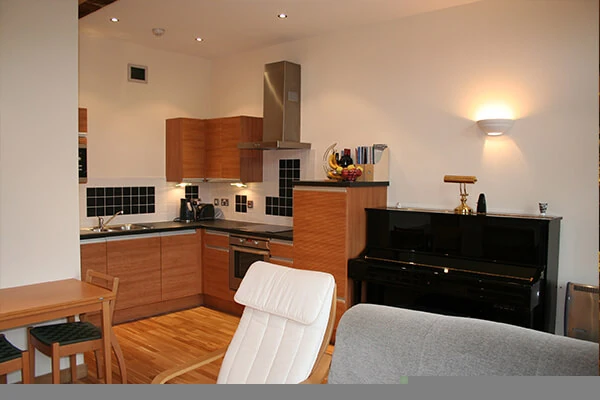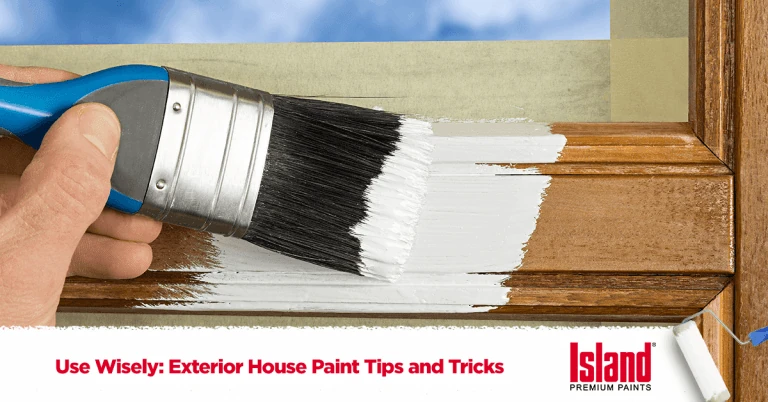Home Decorating Tips


Home Decorating Tips
Surfaces You Can Use Roof Waterproofing Paint On
Posted on June 15, 2021
Last updated May 27, 2025
As the DIY and homemakers community would know, there are no limits to what you can do when it comes to improving or beautifying your home. Apart from necessities such as making sure that there are no leaks in any part of the house, you can always spruce up spaces with refurbished furniture pieces or a fresh coat of paint on walls, repurpose a guest room, re-organize the kitchen, and so on. The same goes for the materials you work with. Did you know that paints can be used on various surfaces? If you’ve got spare cans of waterproofing roof paint and products in storage, and you’re not sure where to use them, this feature can help!
Know What You’re Working With
In pulling off a DIY paint project, knowing the proper process of painting saves you a lot of trouble. Because when the paint is properly applied and it adheres well to a surface or substrate, it prevents the premature occurrence of cracks, bubbles, and color fading, among others. Aside from this, it also helps to know about the tools and surfaces (and their conditions) you’re working with.
What You Need to Know About Waterproofing Paints
Water can seem harmless but it can cause rust on metal, rot on wood, and other chemical reactions that may result in serious damage to your home. That’s why one of the main red flags in home improvements are cracks and leaks. Chemically designed to keep water out, waterproofing paints are specialized paint formulations for securing the integrity of a house. It is applied on various surfaces, especially on parts of the house that are regularly exposed to water. Waterproofing paints also come in a variety of types with the following as the most common:
- Masonry paint is waterproof thanks to its latex content which prevents water and other liquids from being absorbed. Masonry paints are also mildew resistant and have good washability, meaning they can be cleaned easily with just soap and water.
- Epoxy paint is known for its toughness and durability. It has these qualities because of epoxy, a type of plastic resin that allows the compound to rapidly harden once it’s applied on a surface.
- Acrolein elasticized paint is a type of waterproof paint that strongly prevents or counters the growth of mold, mildew, and other bacteria that’s associated with the presence of moisture. The key component in this waterproof paint is acrolein, a toxic substance that can cause unpleasant effects to the throat, lung, and skin if mishandled.
How to use waterproofing paints? It varies depending on the type. But, in general, it follows the standard process of preparing your surface, using primer paint, applying, and curing and drying.
The Common Types of Substrates
A substrate is a base material where paint and other compounds can be applied on. In other words, a substrate is a surface you’ll be applying paint on. To ensure that your waterproofing paint project is a success, knowing about the nature of different types of substrates will help. Check out these common types of substrates:
- Drywall is composed of gypsum (or calcium sulfate dihydrate), paper, and additives such as clay, mica, and resin. Painting over this type of substrate prevents cracks from forming and water from being absorbed into the inner workings of the wall.
- You can paint or stain wood substrates. The difference is that staining seeps into the material and brings out the wood’s natural texture, while paint stays on top and adds a protective layer over the material.
- Metal substrates may rust if left bare, especially in areas of a house where high moisture is a constant.
- Concrete and masonry substrates also benefit from paints, on the superficial and the functional level.
What Surfaces Can You Use Waterproofing Paint On?
The real question should be, what can you NOT use waterproofing paint on? Because waterproofing paint works on any surface, especially those that need extra protection from water damage.
Waterproof Your Home Where it Needs to Be
When was the last time you repainted the water-vulnerable parts of your home? Masonry and epoxy waterproofing paints work well on stones, bricks, and concrete materials. This would include hard surfaces in and around the home, including brick walls, cement flooring, and your home’s roof.
Keep Water, Mildew and Mold Away
Are the counters and tiles on your kitchen and baths mold and mildew-free? Another waterproofing project you may want to start planning on is tiles and other surfaces in rooms where water is always present.
Make Sure Your Wood and Metal Pieces are Safe
Woods and metal surfaces will need saving from rot and rust too! So make sure to splash a coat of waterproofing paint on those that are regularly exposed, such as fixtures in your yard and garage.
Roofkote: A Multi-Substrate Roof Waterproofing Product
Mainly developed to reinforce roofs, Island Premium Paints’ Roofkote is an acrylic, water-based coating formulated to adhere well on various surfaces such as metal, masonry, and concrete. With excellent durability and flexibility, Roofkote is observed to perform well even with extreme and changing weather conditions.
Read up on more roof waterproofing products, along with homemaking and home improvement ideas. For your waterproofing paint needs, you may purchase Island Premium Paints’ Roofkote via Lazada.
Sources:
https://www.facilitiesnet.com/paintscoatings/article/Common-Substrates-for-Paints-and-Coatings–18612
https://www.infobloom.com/what-is-waterproof-paint.htm
https://www.ehow.com/list_7235420_types-waterproof-paint.html
Our Products
Our line of high quality paints and products will give your home or project the vibrancy it needs.
Explore Colors
Ready to explore colorful possibiliies today? View our popular paint colo combination palettes for great color schemes and room design ideas for interior and exteriors.



